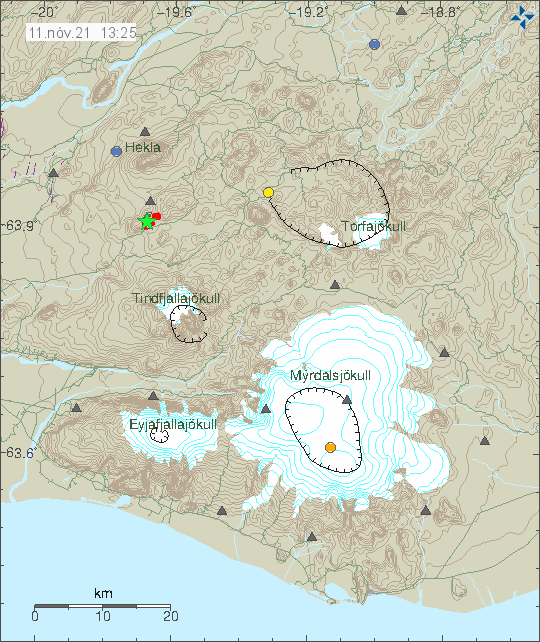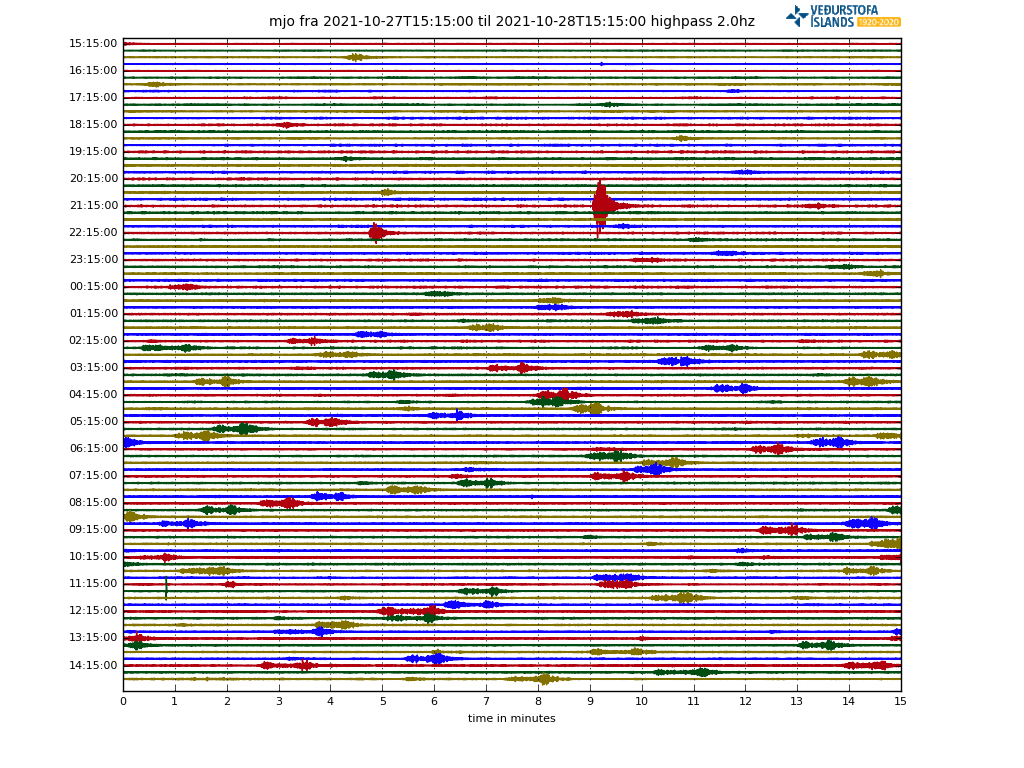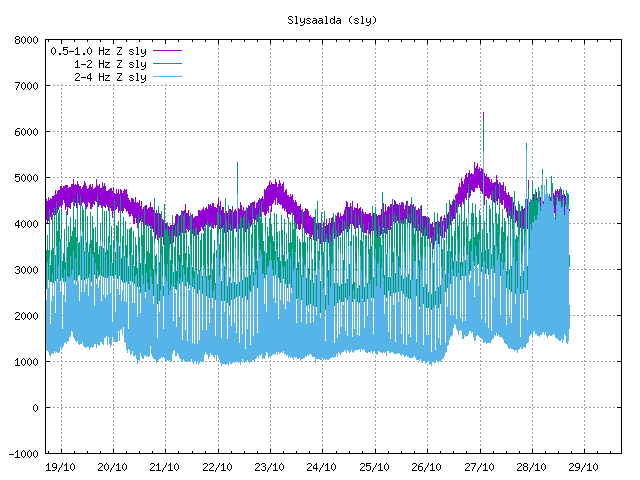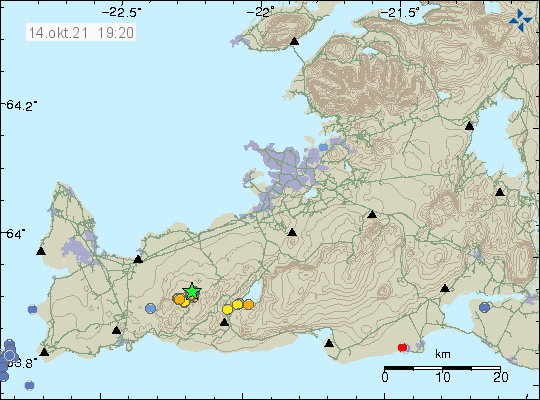This situation is unclear and nothing has been confirmed as of writing of this article. This seems to have started about 1 hour ago and there has been a change in the harmonic tremor levels at Grímsfjall volcano. This is not yet the super sharp change I did see in May-2011 when that eruption happened. This is however is possibly a change in harmonic tremor that is consistent with magma moving inside the volcano system. Earthquake activity has been minimal in the last 24 hours.
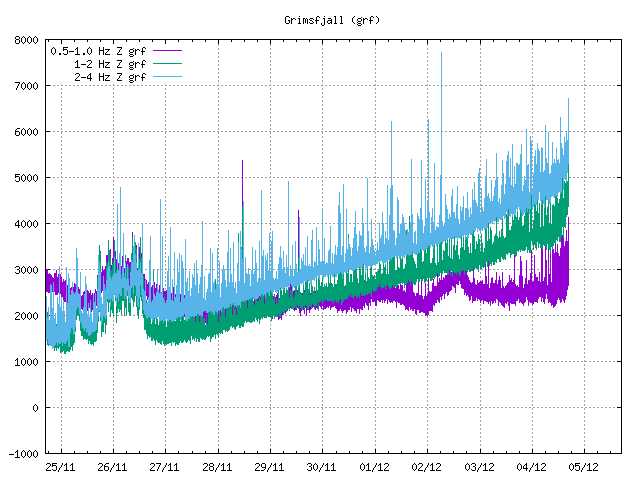
This is a monitoring situation currently. Sometimes an eruption happens after a glacier flood or doing a glacier flood in Grímsfjall volcano. At other times however nothing happens and it is not possible to know what happens now.
Donations
Please remember to support my work with donations. Thanks for the support. 🙂

